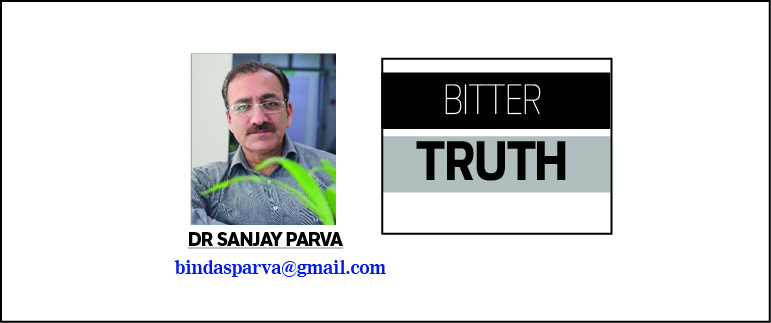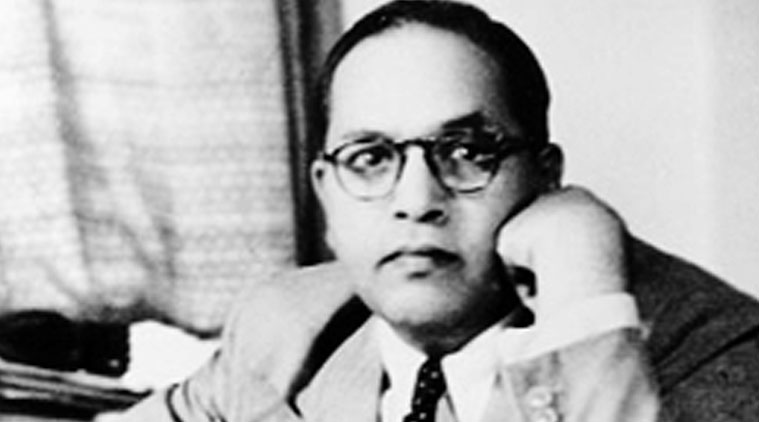On June 6, 2025, a historic milestone was achieved as Prime Minister Narendra Modi inaugurated the final section of the Udhampur-Srinagar-Baramulla Rail Link (USBRL), including the world’s highest railway arch bridge over the Chenab River. This event marked the culmination of a vision first articulated by Maharaja Pratap Singh over a century ago.
Maharaja Pratap Singh, who reigned from 1885 to 1925, was a forward-thinking ruler of the Dogra dynasty. As Kashmir gets connected with Kanyakumari, we can say he was at least 133 years ahead of his time. It was on March 1, 1892, that he proposed the idea of a railway line to connect Jammu with Srinagar, aiming to integrate the remote Kashmir Valley with the broader Indian subcontinent. Recognizing the strategic and economic significance of such a link, he commissioned British engineers to survey the challenging terrain.
Between 1898 and 1909, three detailed reports were prepared:
- D.A. Adam’s Report: Suggested a narrow-gauge electric railway, which was rejected due to elevation challenges.
- W.J. Weightman’s Proposal: Recommended a route via Abbottabad and the Jhelum River, now in Pakistan, which was also turned down.
- Wild Blood’s Plan: Advocated for a route along the Chenab River through Reasi, which was approved but never realized due to financial and technical constraints.
Despite these setbacks, Maharaja Pratap Singh’s commitment to modernization laid the groundwork for future infrastructural developments in the region. His reign saw the construction of the Jammu–Sialkot railway line in 1890, the establishment of the Banihal Cart Road, and significant advancements in education, healthcare, and agriculture.
The dream of connecting Kashmir by rail remained dormant for decades. It was briefly revived in 1983 when Prime Minister Indira Gandhi laid the foundation stone for the Jammu–Udhampur–Srinagar railway line. However, progress was slow due to the region’s challenging topography and political complexities.
In 2002, the project gained momentum when it was declared a national project, leading to significant investments and technological innovations. The construction of the Chenab Rail Bridge, standing at 359 meters above the riverbed, exemplifies the engineering feats achieved to bring this vision to fruition.
The USBRL project, spanning over four decades, witnessed contributions from multiple administrations. The table below outlines the key milestones achieved under various Prime Ministers:
| Prime Minister | Tenure | Milestone | Distance (km) |
|---|---|---|---|
| Indira Gandhi | 1980–1984 | Laid foundation for Jammu–Udhampur section (1983) | – |
| P.V. Narasimha Rao | 1991–1996 | Sanctioned USBRL project (1994–95) | – |
| Atal Bihari Vajpayee | 1998–2004 | Declared USBRL a national project (2002) | – |
| Manmohan Singh | 2004–2014 | Inaugurated multiple sections: | |
|
53 | ||
|
66 | ||
|
31 | ||
|
18 | ||
|
11 | ||
| Narendra Modi | 2014–Present | Inaugurated remaining sections: | |
|
25 | ||
|
48.1 | ||
|
46 | ||
|
17 | ||
| Launched Vande Bharat Express (2025) | – |
Note: Distances are approximate and based on available data.
The USBRL project is not just a railway line; it’s an engineering triumph:
- Chenab Bridge: Standing at 359 meters above the riverbed, it’s the world’s highest railway arch bridge.
- Anji Khad Bridge: India’s first cable-stayed railway bridge, showcasing advanced engineering techniques.
- Tunnel T-50: At 12.77 km, it is India’s longest transportation tunnel, constructed using the New Austrian Tunneling Method.
The completion of the USBRL not only fulfills Maharaja Pratap Singh’s vision but also symbolizes the enduring spirit of progress and integration. As trains now traverse the once-insurmountable terrains of the Pir Panjal range, they carry with them the legacy of a ruler whose foresight continues to shape the destiny of Jammu and Kashmir.






